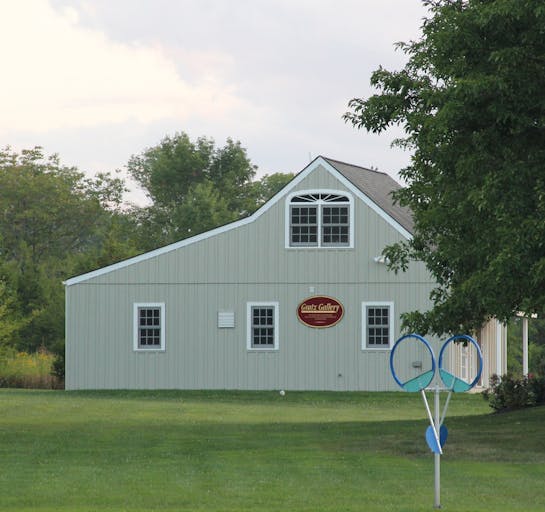Maurice Prendergast
1858 - 1924

Maurice Prendergast
1858 - 1924
Much influenced by the Post-Impressionists and Fauves in Paris, Maurice Prendergast became a leading name in modernist American art and is known for his depictions of urban leisure-class people enjoying themselves in idyll landscapes and beach scenes. His style was based on a carefully adjusted combination of colors, which were applied to the canvas in dots, patches, and layers. His compositions were typically laid out in horizontal zones that flattened forms and emphasized the richness of the surface texture. He stylized his figures, which were mostly female, into monumental goddesses, sometimes nude and sometimes clothed, who assume the stately poses of the antique but keep their humanity by playing with a dog or sporting a fashionable hat.
Early in his career, he painted with watercolor but switched to oil in 1900.
Prendergast was born in St. John's Newfoundland, and at age ten moved to Boston with his family. In the mid-1870s, he was an apprentice to a painter of show cards, and from this job, he began working with watercolor, his principal medium until 1900 when he turned to oil painting. Later he worked as a letterer, sign painter, and poster designer and during the late 1880s, worked in beach resorts in the Boston area.
In 1891, he went to Paris where he attended the Atelier Colarossi and the Academie Julian. Through his friendship with James Wilson Morrice, he became familiar with leading-edge art especially Symbolism, Art Nouveau, and Nabis painting that combined abstraction and naive art. He also painted in Normandy.
In 1894, he returned to the Boston area, settling permanently in Winchester, Massachusetts and began exhibiting there and in New York as well as at the Chicago Art Institute and the Cincinnati Art Museum. A trip to Paris, in 1907, opened his eyes to Paul Cezanne, Henri Matisse, leading Fauve artists whose style and use of color he spent the rest of his life exploring.
In 1908, he exhibited at the Macbeth Gallery in New York with The Eight, a group of painters led by Robert Henri who shocked many viewers because of their emphasis on familiar, often unpleasant subjects such as derelicts in back alleys.
When Prendergast was in his late fifties and early sixties, he painted a number of large canvases like "Sunset and Sea Fog", in the Phillips Collection of Washington DC, on the theme of the seaside park, which he felt evoked an idyllic world where opposites were reconciled: nature and civilization, past and present, movement and rest.
The scene, based on Prendergast's many sketches of actual seaside parks along the Massachusetts coastline, is transformed into a fairy tale by the setting sun and a mysterious red-haired equestrienne. At this point in Prendergast's career, he was searching for artistic statements that were more monumental and lasting than the small scale, naturalistic works of his early years. He was also at pains to create a style that was uniquely his own, one that would take advantage of the liberation of color and form that came with modernism but would not slavishly follow the succession of "isms" such as Futurism, Cubism, and Synchronism, to which he saw other modernist artists falling prey.
Source: Askart.com
